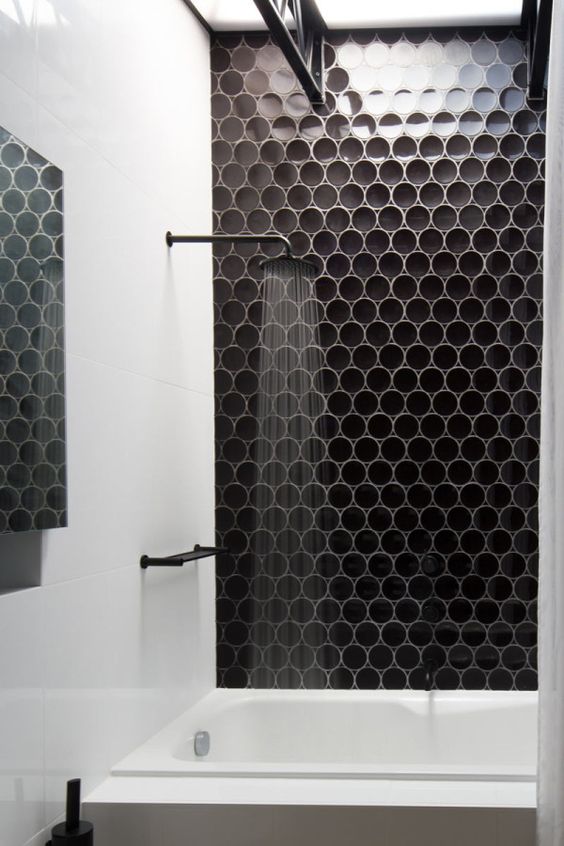

There are, “floating”, “manual tiling” and “dynamic tiling” window managers to name just a few. Why Floating Window Managers Suck!Ī window manager is exactly what it says on the tin - it manages your windows. Nothing out of the ordinary… In fact, it’s very ordinary, and that’s fine for most users. You can snap windows to the edges of screens or manually resize them to fit them together in a grid on your screen. You launch an app, then manually move, resize, minimize, maximize and close windows using widgets. It’s really pretty, everything is where you expect it to be, and it’s a comfortable and familiar environment for new users to Linux.Īlmost everyone who has used a computer is familiar with this kind of desktop environment. When you launch apps, they appear as floating windows on your desktop, with, close, minimize, maximize buttons and a frame surrounding the app window. You have a status bar on the top (or bottom), displaying a clock, network, power down widget and a choice of other applets you may wish to add to the panel.

It operates similar to the many other desktop environments for Linux you can set a wallpaper, launch apps from a handy launcher menu or dock. It’s a great desktop for general use and has all the features you’d expect from a traditional desktop environment.

Prior to using a window manager, I was a long time user of the Xfce desktop which comes with Manjaro Xfce. So, after some deliberation and a bit of reading up on what a window manager would offer me, I decided to take the plunge and give one a try. Like most “Linux tinkerers” who like to customize their OS, I’ve spent a bunch of time over the last few weeks looking on in awe at all the highly customized, yet minimal “ Tiling window manager” environments submitted over at r/unixporn.


 0 kommentar(er)
0 kommentar(er)
